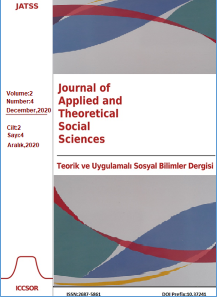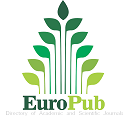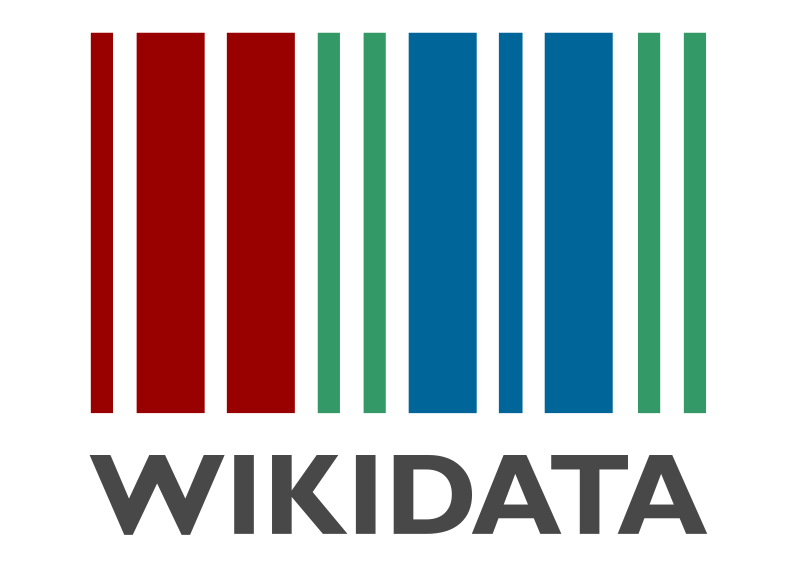Using MLT To Estimate Corruption Patterns From The BEEPS
Abstract
The paper describes the opportunity for using machine learning technologies (MLT) for estimating corruption by clustering. We used the enhanced BEEPS data (The Business Environment and Enterprise Performance Survey (European Bank for Reconstruction and Development, 2014)). It contains 1672 variables and 59619 observations produced by well-respected agencies like Nielsen for the European Bank of Reconstruction and Development. The analysis of different indicators with the MLT allows us to cluster the countries by the types of potential corruption patterns. We suggested this method could overcome the shortcomings of the classical survey surveillance approach because we can estimate countries with some distortion or insufficiencies in the data (for example, when the business units may want to lie about the corruption due to some reasons). This gives us an additional measurement that can be used for analyzing the true corruption field. This can be useful for business units, scientific people, and policymakers for analyzing the patterns of corruption in different countries.
Metrics
References
Babecký, Jan, and Nauro F. Campos (2011), Does Reform Work? An Econometric Survey of the Reform-Growth Puzzle. Journal of Comparative Economics, doi:10.1016/j.jce.2010.11.001. DOI: https://doi.org/10.1016/j.jce.2010.11.001
Babecky, Jan, and Tomas Havranek (2014), Structural Reforms and Growth in Transition. Economics of Transition, doi:10.1111/ecot.12029. DOI: https://doi.org/10.1111/ecot.12029
Čábelková, Inna, and Jan Hanousek (2004). The Power of Negative Thinking: Corruption, Perception and Willingness to Bribe in Ukraine. Applied Economics, 2004, doi:10.1080/00036840410001674303. DOI: https://doi.org/10.1080/00036840410001674303
DBnomics Official Site. Statistical Databases of the population and GDP. Retrieved from URL: https://db.nomics.world/ (date of access: 22.12.2019)
Eurpoean Bank for Reconstruction and Development (2014), Business Environment and Enterprise Performance Survey (BEEPS) [Dataset V].Retrieved from URL: https://www.ebrd.com/ (date of access: 22.12.2019)
Hanousek, Jan, and Anna Kochanova (2016). Bribery Environments and Firm Performance: Evidence from CEE Countries. European Journal of Political Economy, 2016, doi:10.1016/j.ejpoleco.2016.02.002. DOI: https://doi.org/10.1016/j.ejpoleco.2016.02.002
Jain, Arvind K. (2001), Corruption: A Review., Journal of Economic Surveys, doi:10.1111/1467-6419.00133. DOI: https://doi.org/10.1111/1467-6419.00133
Катц, М. (2020). Последствия коррупции: почему это касается каждого retrieved from: https://youtu.be/uyiudptWAAY (date of access: 2020/12/22)
Kaufmann, Daniel (1997), Corruption: The Facts. Foreign Policy, doi:10.2307/1149337. DOI: https://doi.org/10.2307/1149337
Kaufmann, Daniel, and Pedro C. Vicente (2011), Legal Corruption. Economics and Politics, doi:10.1111/j.1468-0343.2010.00377.x. DOI: https://doi.org/10.1111/j.1468-0343.2010.00377.x
Lindgreen, A., & Lindgreen, A. (2004). Corruption and unethical behavior: report on a set of Danish guidelines. Journal of Business Ethics. https://doi.org/10.1023/B DOI: https://doi.org/10.1023/B:BUSI.0000032388.68389.60
Mauro, Paolo (1995), Corruption and Growth. Quarterly Journal of Economics, doi:10.2307/2946696. DOI: https://doi.org/10.2307/2946696
Méon, Pierre Guillaume, and Laurent Weill (2010), Is Corruption an Efficient Grease? World Development, doi:10.1016/j.worlddev.2009.06.004. DOI: https://doi.org/10.1016/j.worlddev.2009.06.004
Méon, Pierre Guillaume, and Khalid Sekkat (2005). Does Corruption Grease or Sand the Wheels of Growth? Public Choice, doi:10.1007/s11127-005-3988-0. DOI: https://doi.org/10.1007/s11127-005-3988-0
Russian Governmental Statistical Comittee Official Site. Statistical Database of the Russian Federation. Retrieved from URL: https://www.gks.ru/ (date of access: 22.12.2019)
Sallaberry, Jonatas Dutra, et al. (2020) Measurement of Damage from Corruption in Brazil. Journal of Financial Crime, doi:10.1108/JFC-04-2020-0057. DOI: https://doi.org/10.1108/JFC-04-2020-0057
Shemetev, Alexander (2010), Complex Financial Analysis and Bankruptcy Prognosis and Also Financial Management-Marketing Self-Taught Book. Book (in Russian). 1st ed., Polygraphist, https://books.google.cz/books?id=dq0sUIpiGuAC&hl=ru&source=gbs_similarbooks. (date of access: 29.12.2020)
Shemetev, Alexander (2012). Complex Financial Analysis and Bankruptcy Prognosis and Also Financial Management-Marketing Manual for Self-Tuition Book. 1st ed., Zodchy, https://books.google.cz/books/about/Complex_financial_analysis_and_bankruptc.html?id=iViOsALV23QC&redir_esc=y. (date of access: 29.12.2020)
Shemetev, Alexander (2020). R Package alexandershemetev. GitHub Repository, https://github.com/Alexandershemetev/alexandershemetev (date of access: 29.12.2020)
Silver, Carole Kupferman, and Ayn Rand (1978), Atlas Shrugged. The English Journal, doi:10.2307/814754. DOI: https://doi.org/10.2307/814754
Slobodyan, Sergey, and Raf Wouters (2012), Learning in a Medium-Scale DSGE Model with Expectations Based on Small Forecasting Models. American Economic Journal: Macroeconomics, doi:10.1257/mac.4.2.65. DOI: https://doi.org/10.1257/mac.4.2.65
Smith, Adam (1776), An Inquiry into the Wealth of Nations, Strahan and Cadell, London, 1776.
Thompson, Dennis F. (2018), Theories of Institutional Corruption. Annual Review of Political Science, 2018, doi:10.1146/annurev-polisci-120117-110316. DOI: https://doi.org/10.1146/annurev-polisci-120117-110316
World Bank (1997), “Helping Countries Combat Corruption: The Role of the World Bank.” Poverty Reduction and Economic Management.






















